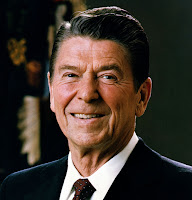
Bright Lights, Big City is the story of a young writer and fact checker, who works for one of the most prestigious magazines in New York City. On the surface, he has a great life, a happy marriage and an enjoyable job, but in reality he is a heavy cocaine user, party goer and is reeling from the fact that his model wife Amanda has recently left him.
Definitely one of my favorite members of the literary Brat Pack, Jay McInerney is well known for having lived and partied with the best of them through New York's hedonistic 80s. Through his 1984 novel, he explores the glossy façade of the city that never sleeps and delves deeper in to the culture of hedonism and fun that ultimately could never last. While his contemporaries, Bret Easton Ellis being the best example, also explored the double edged sword that was being a successful young white man in New York City, and the danger that having a huge and very disposable income can bring.
When thinking about yuppies I usually image a Charlie Sheen-style blue shirt/red suspenders look, but the 1988 film version subverts that, and makes Michael J. Fox the centre of this morally bankrupt world. It was received fairly well by critics, although some found the minimalist style of the screen play a little boring, completely missing the point of McInerney's novel.
I think that rather than being about greed and Wall Street the novel is more concerned with escapism - Jamie Conway, the main character, hates his life and the excesses he see's around him but also finds the drugs and partying a good way for him to forget his troubles.













